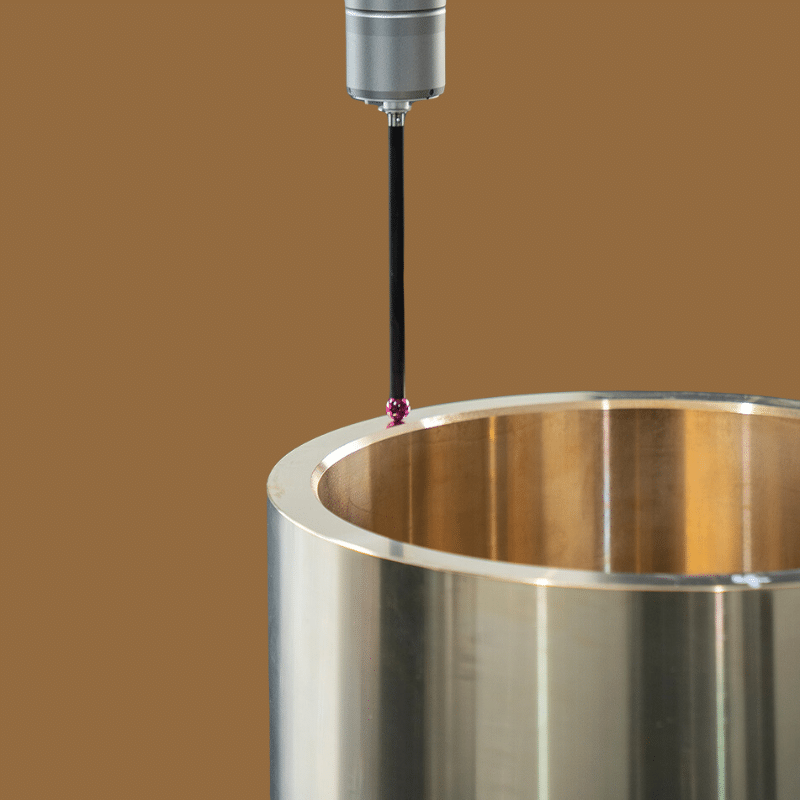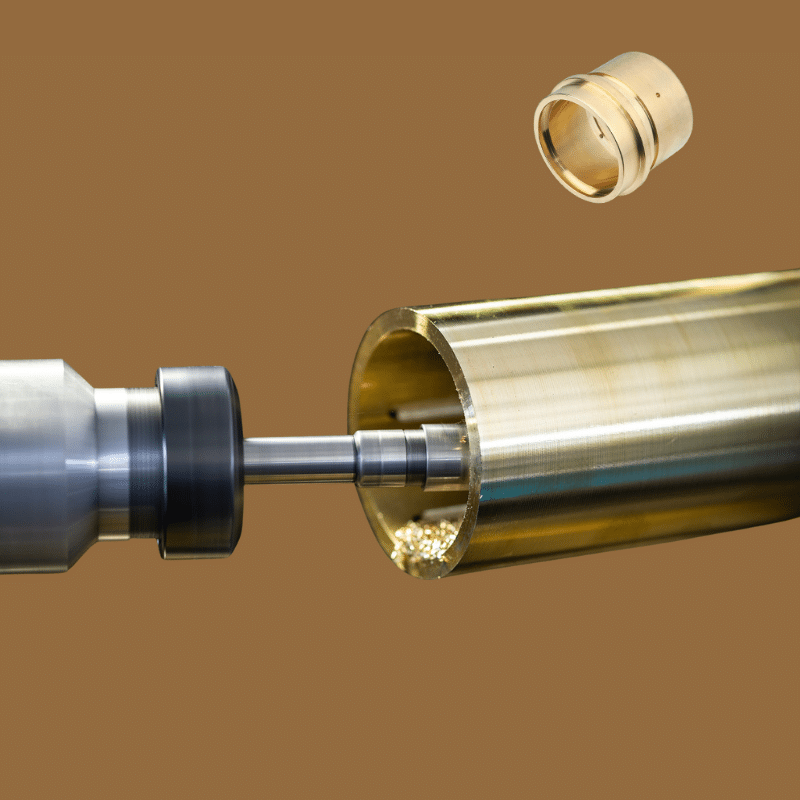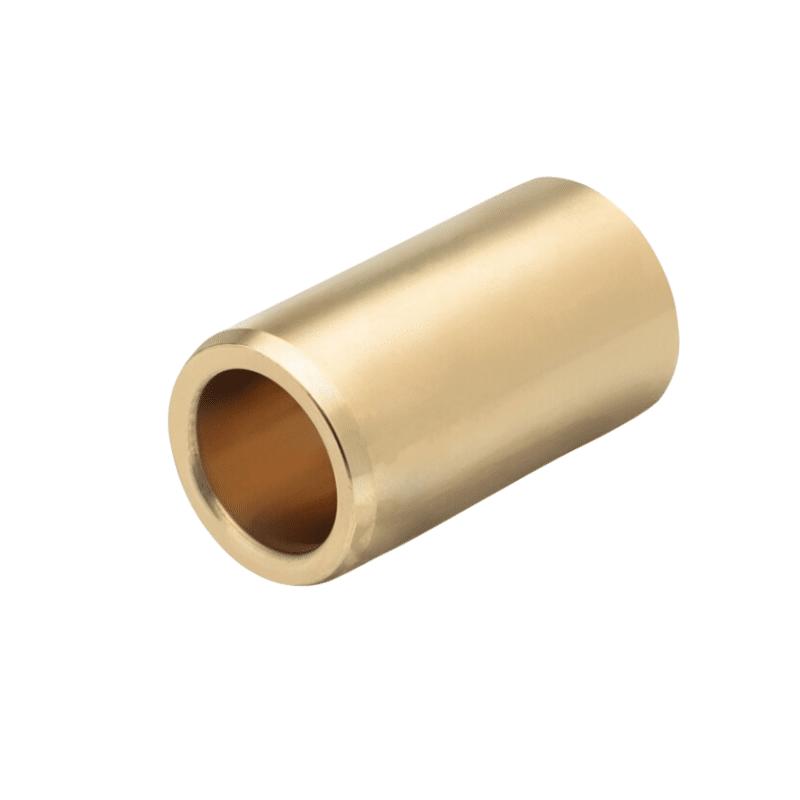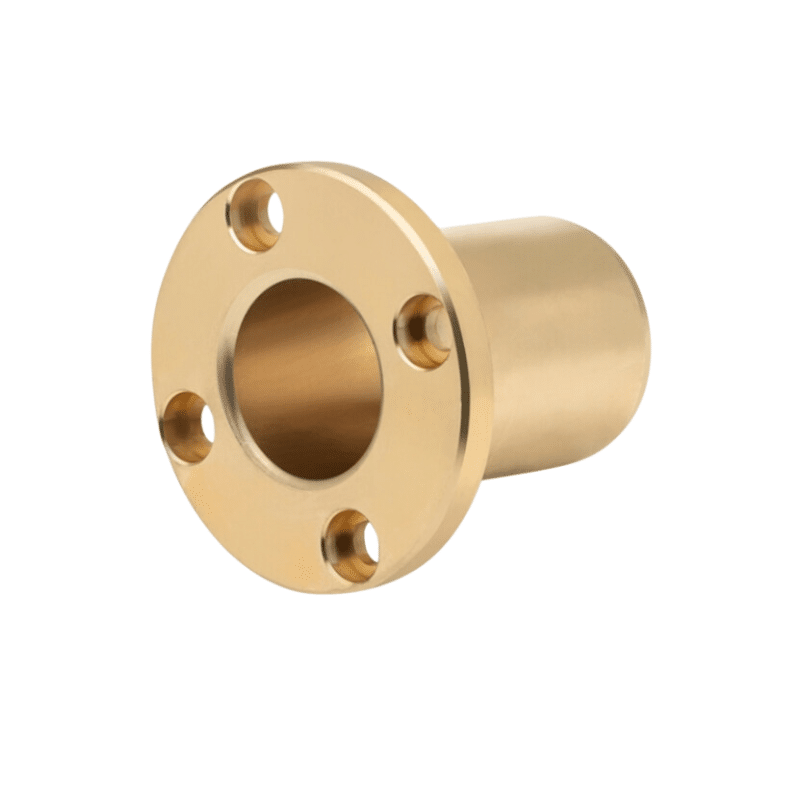ASTM Bronze Bearing Alloys: Metal Alloy Standards, Industrial Reference Materials
Bearing Bronze Solutions – Tailored for Efficiency & Strength
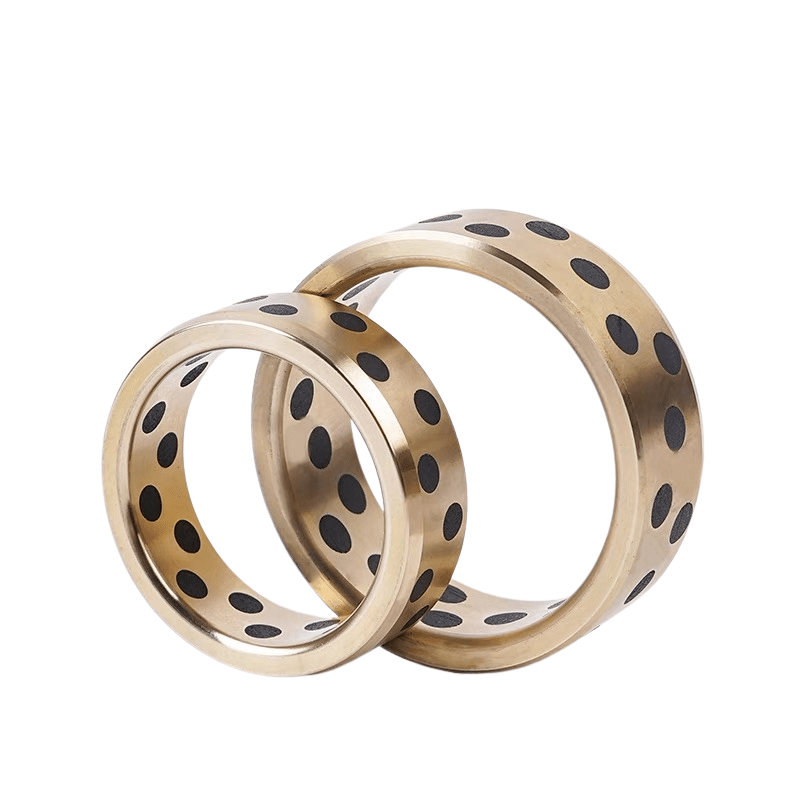
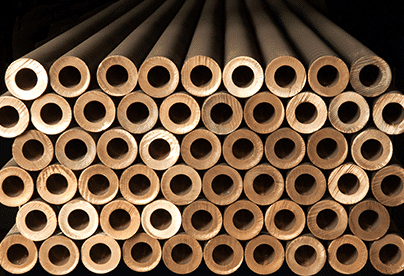
ASTM B505
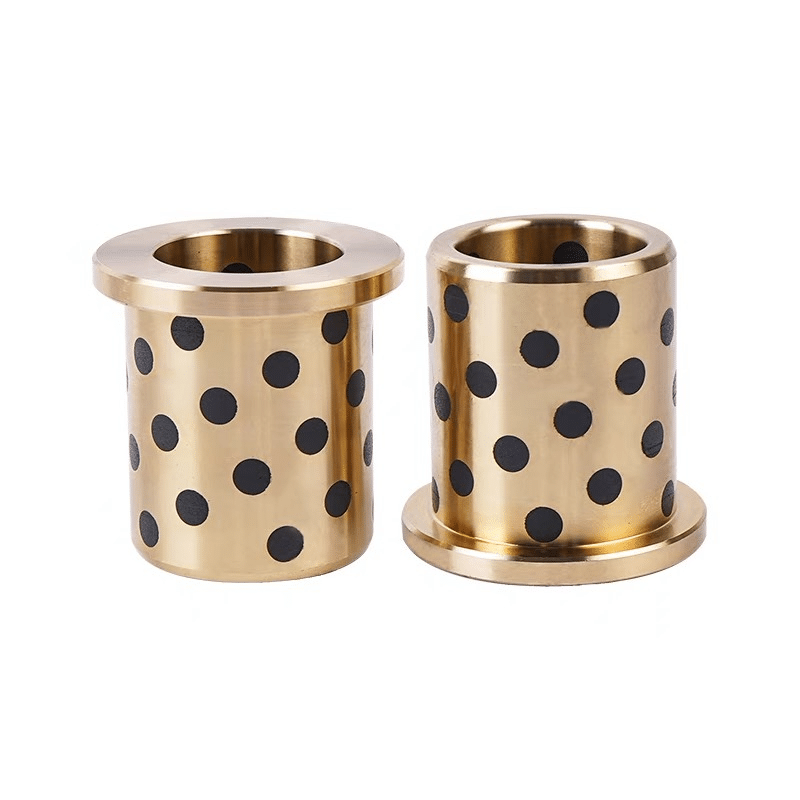
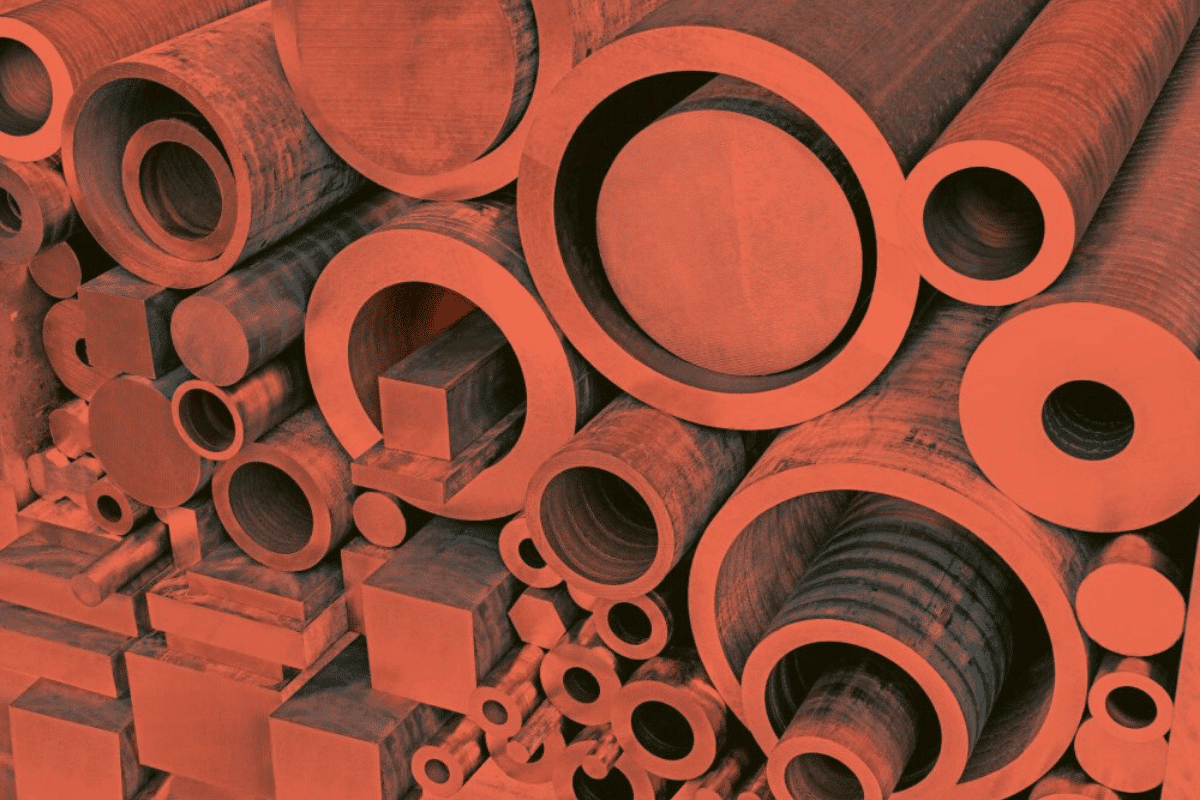
ASTM B271
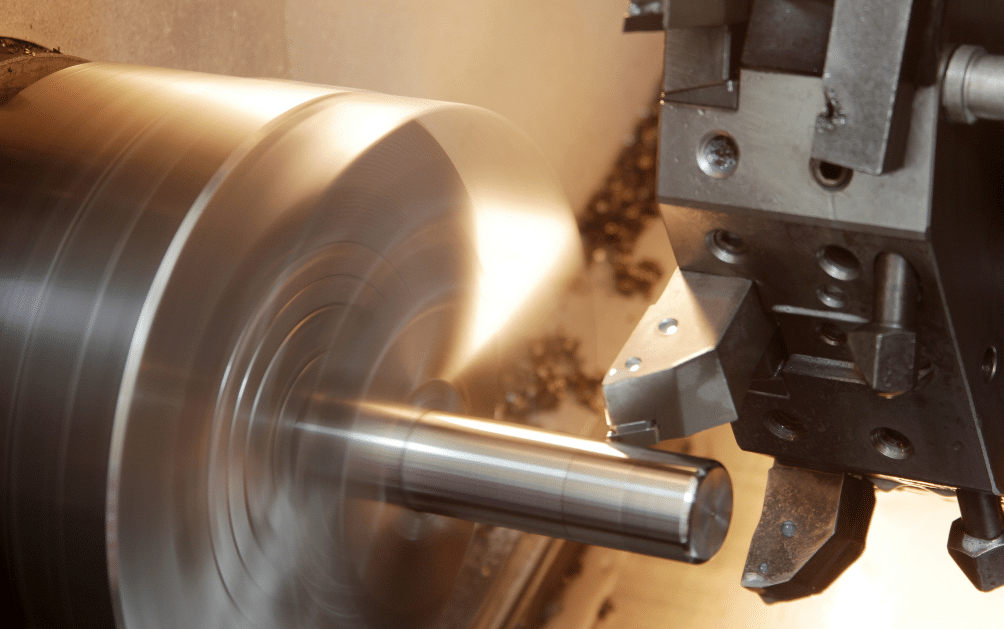
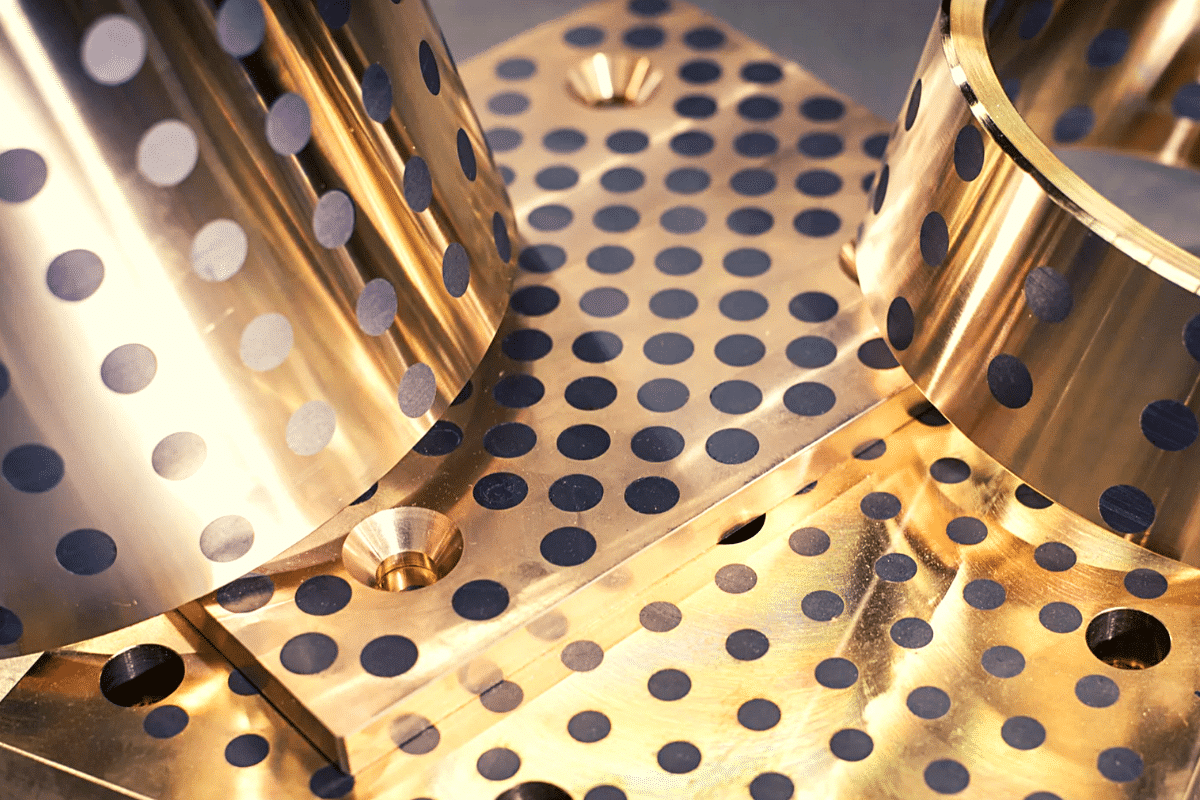
ASTM B22
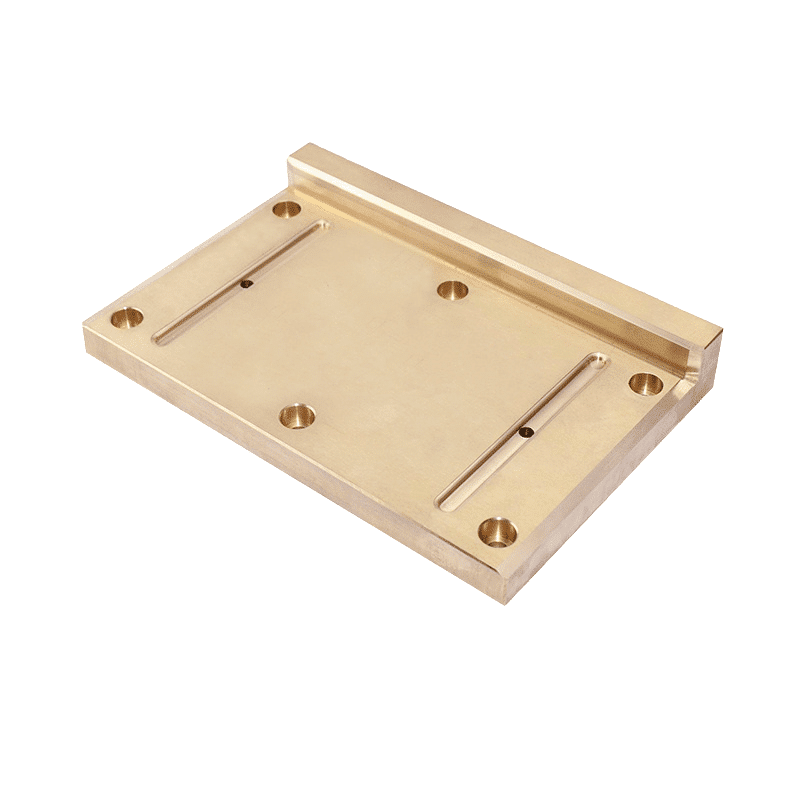
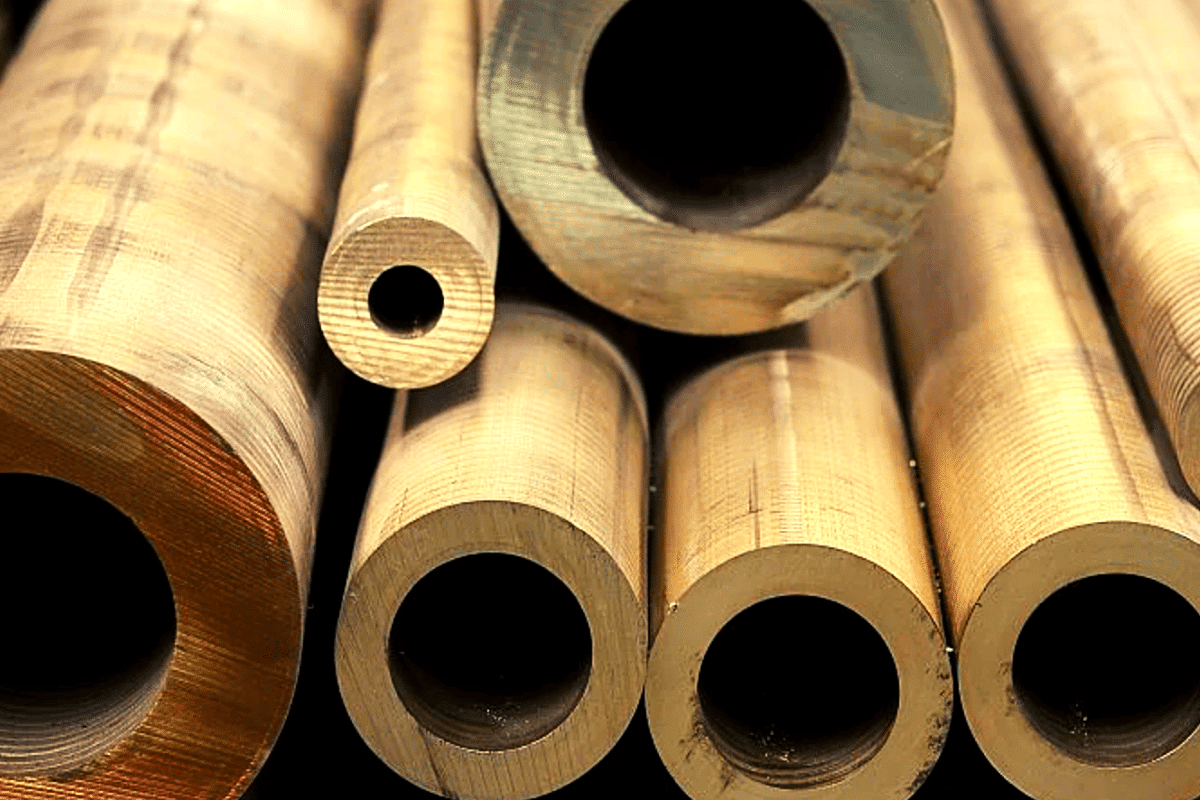
High Tensile Brasses
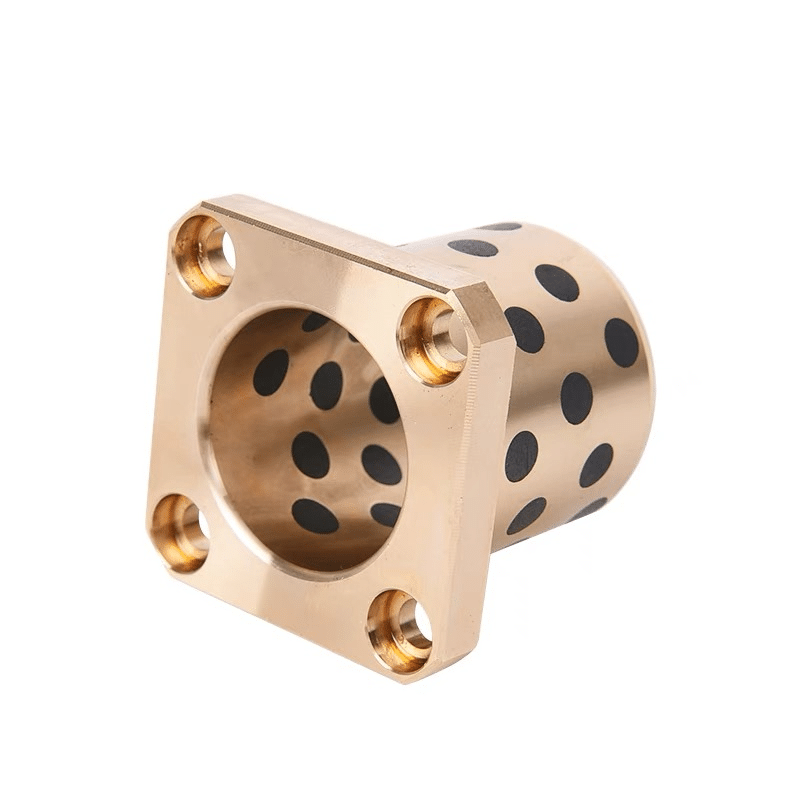
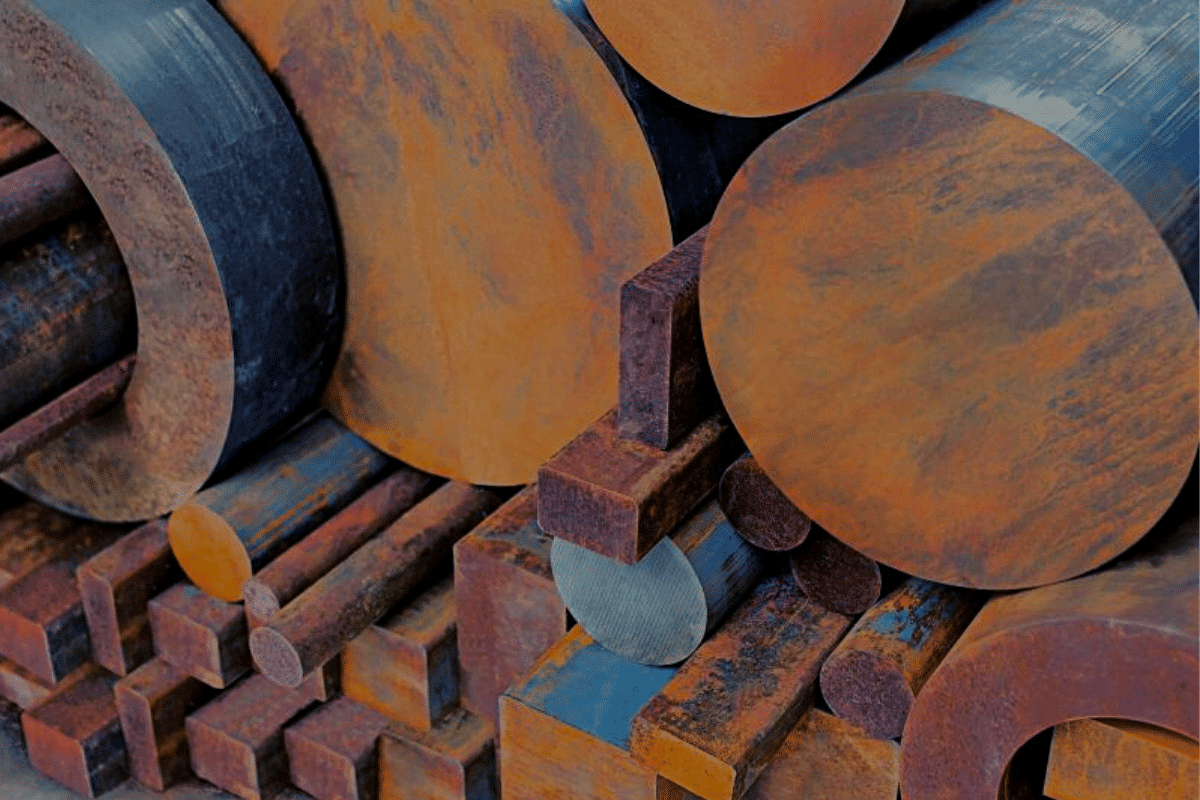
Special Bronze Alloys Manufacture and Machining
bearings Bronze Standards, ASTM B505 Bronze – Custom fit Bearings
Bearing Bronze Standards, ASTM B505 Bronze – Custom fit Bearings Custom Sizes Available: We offer ASTM B505 bronze bearings tailored to your specific dimensions. Reach out for self-lubricating options!Our precision engineering process ensures each bearing meets stringent quality standards, providing reliable performance in even the most demanding applications. Choose from a range of alloys to suit your operational needs, and benefit from our quick turnaround times on both small and large orders. Whether you’re looking for high load capacity, excellent wear resistance, or superior frictional properties, our bespoke ASTM B505 bronze bearings deliver exceptional value. Contact our expert team today to discuss your requirements and discover the perfect solution for your project.
Type Of Bearing
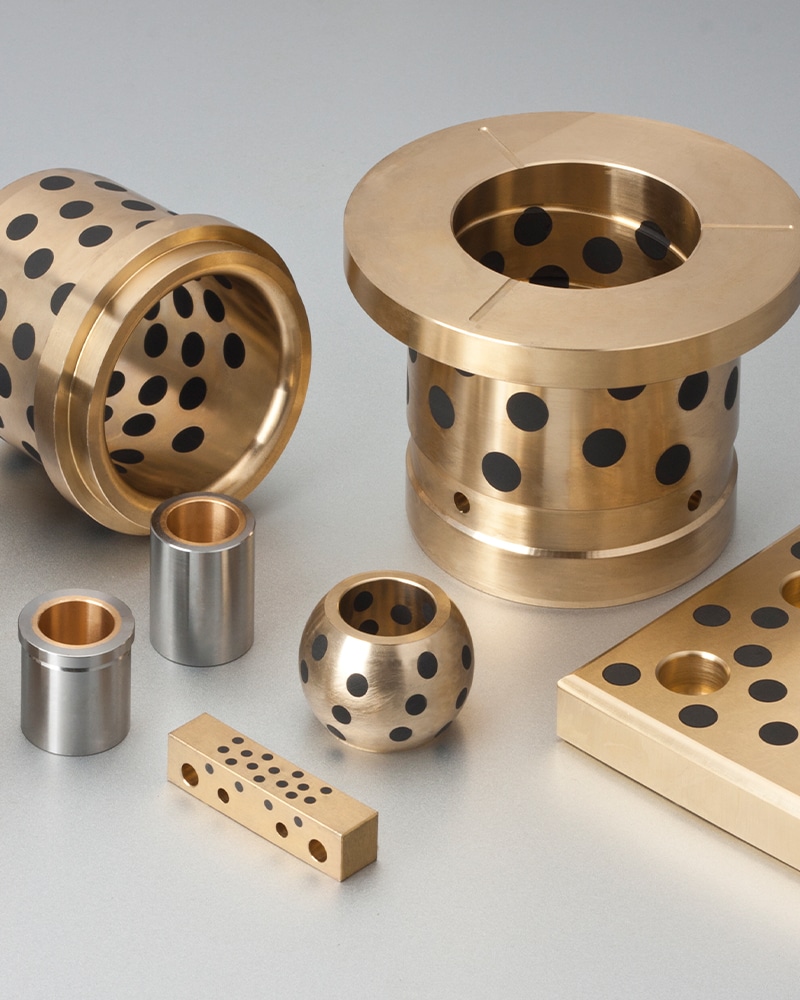
Bearing Bronze in Industry: Uses and Advantages
We offer a diverse selection of bearings made from tin bronze, leaded bronze, aluminum bronze, and high tensile brass, all self-lubricating and conforming to EN 1982 and ASTM standards. Our inventory features some of the most sought-after alloys, including:
- EN 1982 CC493K, also known as CuSn7ZnPb, which combines tin, zinc, and lead for a balanced blend of strength and ductility.
- EN 1982 CC483K, or CuSn12-C, known for its excellent wear resistance and mechanical strength.
- EN 1982 CC482K, designated as CuSn11Pb2-C, offers enhanced wear resistance with a higher lead content.
- EN 1982 CC333G, referred to as CuAl10Fe5Ni5-C, is an aluminum bronze with significant strength and resistance to corrosion.
- EN 1982 CC762S, also called CuZn25Al5Mn4Fe3-C, is an alloy prized for its high strength and excellent corrosion resistance.
We’re committed to supplying bearings that meet stringent quality standards and cater to a broad range of industrial needs.
Innovations in Bearing Bronze Technology and the Impact
Bronze, as specified by European Standard EN 1982, defines the composition and mechanical properties of copper alloys used for self-lubricating bearings. These alloys are ideal for applications where traditional lubricants are unsuitable or minimal maintenance is preferred.The standard ensures that these copper alloys maintain high wear resistance, allowing for prolonged service life in demanding conditions. Notably, the alloys incorporate elements like tin, zinc, and lead in precise proportions, which contribute to their exceptional strength and durability. This makes them particularly useful in marine environments, heavy machinery, and automotive industries, where reliable, long-lasting performance is crucial.
Furthermore, the copper alloys covered by the EN 1982 standard exhibit excellent thermal conductivity, which is beneficial in high-temperature settings. This thermal property helps in maintaining optimal operational temperature and enhances the safety of equipment by preventing overheating. Additionally, their corrosion resistance minimizes the risk of degradation over time, making them suitable for outdoor and harsh environments.
Engineers and manufacturers value these attributes, as they significantly reduce the need for frequent replacements and repairs, ultimately recognized to cost savings and increased efficiency. By adhering to the stringent guidelines of EN 1982, suppliers and producers ensure that their copper alloy products consistently meet the expected quality and performance standards.
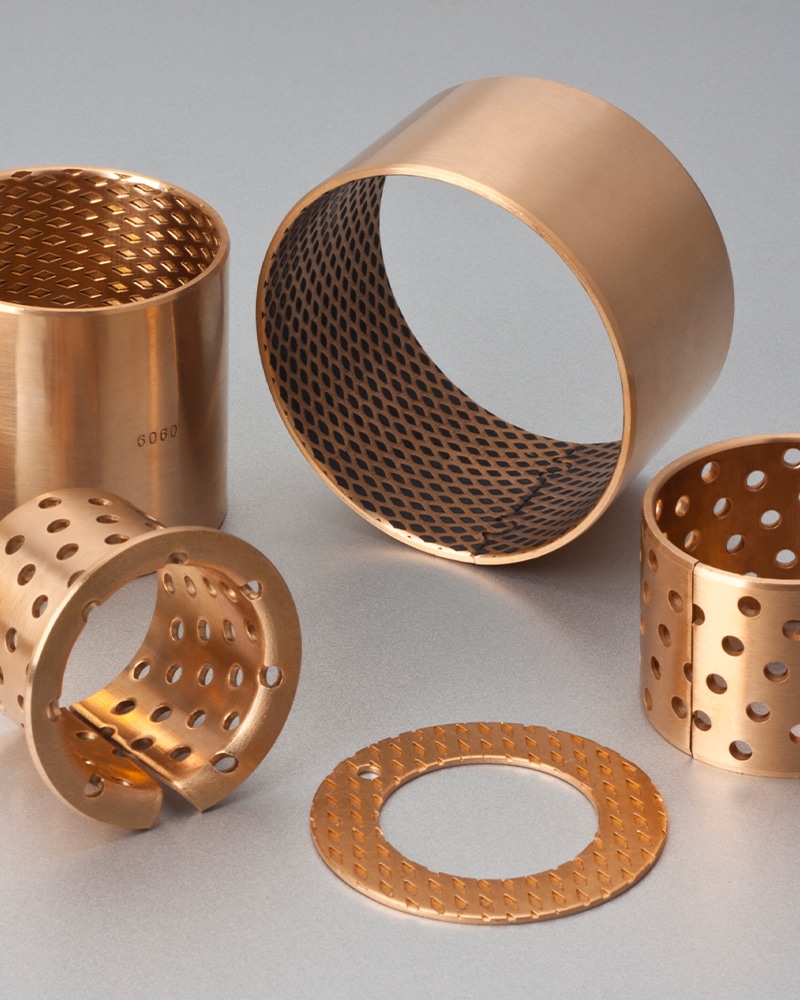
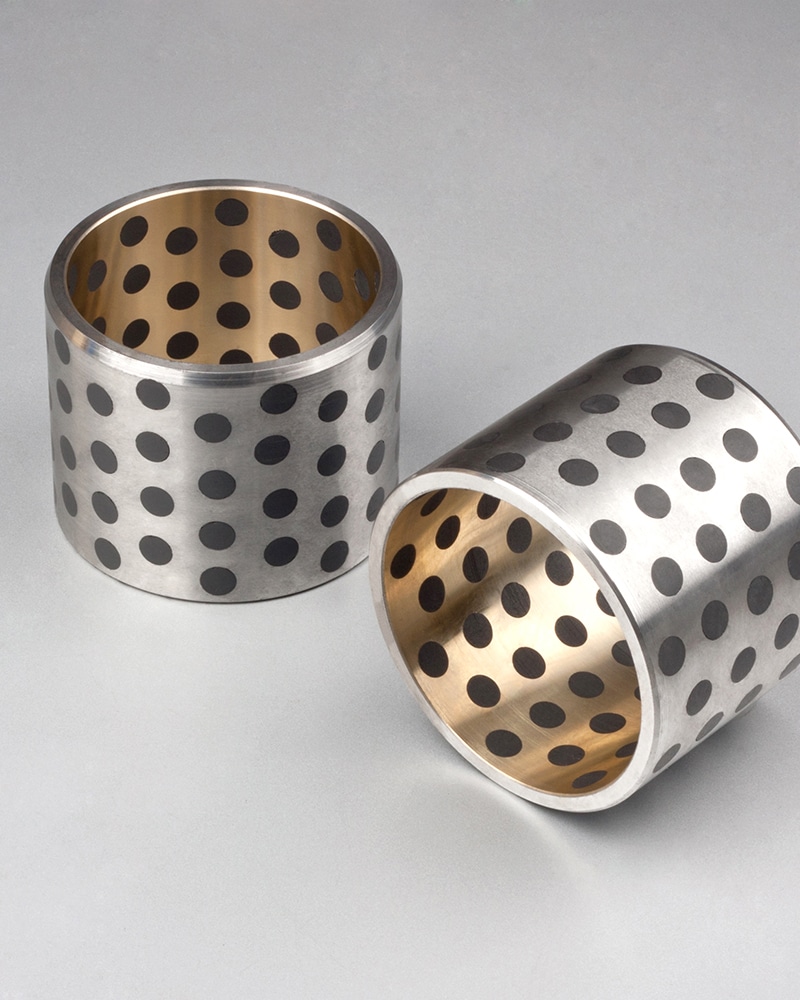
EN 1982,custom manufacturing of bronze and self-lubricating bronze components
- EN 1982 CC493K / CuSn7ZnPb: This is a tin bronze alloy with additions of lead, which enhances its machinability and bearing properties. The lead also improves the alloy’s embeddability, allowing it to accommodate and distribute foreign particles, thus reducing wear.
- EN 1982 CC483K / CuSn12-C: This is a high-tin bronze with approximately 12% tin. It is known for its excellent corrosion resistance, particularly in seawater and other marine environments, as well as its good bearing properties.
- EN 1982 CC482K / CuSn11Pb2-C: This is another leaded tin bronze, with a slightly lower tin content but with added lead for improved machinability and bearing performance.
- EN 1982 CC333G / CuAl10Fe5Ni5-C: This is an aluminum bronze, which is valued for its high strength and excellent resistance to corrosion, particularly in acidic environments. The addition of iron and nickel enhances its mechanical properties.
- EN 1982 CC762S / CuZn25Al5Mn4Fe3-C: This is a high-strength brass alloy with aluminum and manganese additions. It offers good mechanical properties and corrosion resistance, making it suitable for a range of bearing applications.
The Future of Bearing Bronze in Engineering and Design
About us
Manufacture of bronze parts, Custom Parts Services and Prototyping!
Special Bronze Alloys And Aluminium Bronze Bearing, Search Our Material Alloy
Applications: Industrial Selection of Standard Bronze Bearing Materials
EN 1982 outlines the European specifications for these alloys, and manufacturers often also follow internationally recognized ASTM standards. Relevant ASTM standards include ASTM B505 for continuous castings, ASTM B271 for centrifugal castings, and ASTM B22 for specific bronze alloys used in bridge and turntable castings, depending on the application. It is essential to ensure that materials and manufacturing processes comply with these standards when supplying self-lubricating bearings to guarantee the quality and performance of the final product.
- C83600: Equivalent to CC491K – CuSn5ZnPb5-C, which is a type of leaded tin bronze.
- C84400: Equivalent to CC490K – CuSn3Zn8Pb5-C, another leaded tin bronze.
- C86200: Equivalent to CC764S – CuZn34Mn3Al2Fe1-C, categorized as high tensile brasses.
- C86300: Equivalent to CC762S – CuZn25Al5Mn4Fe3-C, also categorized as high tensile brasses.
- C90700 : Equivalent to CC483K – CuSn12-C, which is a lead-free tin bronze.
- C92700: Equivalent to CC480K – CuSn10-C, a tin bronze.
- C93200: Equivalent to CC493K – CuSn7Zn4Pb7-C, a leaded tin bronze.
- C93700: Equivalent to CC495K – CuSn10Pb10-C, a leaded tin bronze.
- C93800: Equivalent to CC496K – CuSn7Pb15-C, a leaded tin bronze with a higher lead content.
- C95200: Equivalent to CC331G – CuAl10Fe2-C, an aluminum bronze.
- C95500: Equivalent to CC333G – CuAl10Fe5Ni5-C, another aluminum bronze.
The alloys listed are used in various industrial applications where properties like wear resistance, strength, and self-lubrication are required. The equivalence provided helps manufacturers and engineers to select the appropriate material based on the standards they are working with, whether it’s an ASTM, EN, or a specific supplier’s standard.
| ASTM B505 | Equivalent Alloys | Closest Alloys | Type of Alloy | Details |
|---|---|---|---|---|
| C83600 | C83600 / C836 / CDA836 | CC491K – CuSn5ZnPb5-C | See | |
| C84400 | C84400 / C844 / CDA844 | CC490K – CuSn3Zn8Pb5-C | See | |
| C86200 | C86200 / C862 / CDA862 | CC764S – CuZn34Mn3Al2Fe1-C | High tensile brasses | See |
| C86300 | C86300 / C863 / CDA863 | CC762S – CuZn25Al5Mn4Fe3-C | High tensile brasses | See |
| C90300 | C90300 / C903 / CDA903 | – | Tin bronzes | See |
| C90500 | C90500 / C905 / CDA905 | – | See | |
| C90700 | alternative | CC483K – CuSn12-C | See | |
| C92200 | – | Tin bronzes | See | |
| C92700 | C92700 / C927 / CDA927 | CC480K – CuSn10-C | See | |
| C93200 | C93200 / C932 / CDA932 | CC493K – CuSn7Zn4Pb7-C | See | |
| C93600 | C93600 / C936 / CDA936 | – | See | |
| C93700 | C93700 / C937 / CDA937 | CC495K – CuSn10Pb10-C | See | |
| C93800 | C93800 / C938 / CDA938 | CC496K – CuSn7Pb15-C | Lead bronzes | See |
| C93900 | C93900 / C939 / CDA939 | – | Lead bronzes | See |
| C94100 | C94100 / C941 / CDA941 | CC497K – CuSn5Pb20-C | See | |
| C95200 | C95200 / C952 / CDA952 | CC331G – CuAl10Fe2-C | See | |
| C95400 | C95400 / C954 / CDA954 | – | Aluminium Bronzes | See |
| C95500 | C95500 / C955 / CDA955 | CC333G – CuAl10Fe5Ni5-C | See | |
| C95520 | C95520 / C955 / CDA955 | – | See | |
| C95800 | C95800 / C958 / CDA958 | – | Aluminium Bronzes | See |
| C95900 | C95900 / C959 / CDA959 | – | See |
This table organizes the ASTM B505 standards, lternative alloys, and the types of alloys, adding a “See” link for further details where applicable.
Durable Bronze Bearings – ASTM B22
🛠️ Tough & Self-Lubricating
Choose from our selection of ASTM B22 compliant bronze alloys. Ideal for heavy-duty applications. Custom sizes available. Order now!
| ASTM B22 | Closest Alternative Alloys | Closest Alloys | Type of Alloy | Details |
|---|---|---|---|---|
| C86300 | – | High tensile brasses | See | |
| C90500 | – | Aluminium Bronzes | See | |
| C91100 | – | Tin bronzes | See | |
| C93700 | – | Lead bronzes | See |
This table neatly organizes the ASTM B22 standards, showing which types of alloys are associated with each, even though alternative alloy specifics aren’t listed here.
When selecting materials for sliding bearings, in addition to traditional copper alloys, a variety of additional alloys are available that offer distinct performance characteristics to meet the needs of specific applications. Here are some common additional alloys and their properties:
- CuSn7ZnPb (RG7): Also known as Leaded Tin Bronze, this alloy provides excellent mechanical performance and wear resistance. The addition of lead offers superior self-lubricating properties, making it suitable for high-load and high-speed applications.
- CuSn10: A bronze alloy with a higher tin content, offering increased hardness and strength, suitable for applications requiring high load capacity and wear resistance.
- CuSn12: This alloy contains 12% tin, providing enhanced wear resistance and corrosion resistance, making it suitable for bearing manufacturing in marine and chemical environments.
- CuPb10Sn: This alloy combines the advantages of lead and tin, providing good self-lubrication and high load capacity, suitable for heavy-load and shock-load applications.
- CuPb15Sn: An alloy with higher contents of lead and tin, offering excellent sliding performance and self-lubrication, suitable for bearings requiring excellent wear resistance.
- CuAl10Ni: Nickel Aluminum Bronze is favored for its excellent corrosion resistance and high strength, suitable for bearings and structural parts in marine and chemical environments.
- CuSn10Zn (RG10): This alloy combines the benefits of tin and zinc, providing good strength and wear resistance, suitable for high-load and high-speed applications.
- CuZn25Al5: Known as Aluminum Brass, this alloy is renowned for its high strength, good thermal conductivity, and corrosion resistance, suitable for applications requiring high wear resistance and reliability.
- CuSn5ZnPb (RG5): This alloy offers good sliding performance and self-lubrication, suitable for medium-load and speed applications.
When choosing an alloy, it is crucial to consider the specific requirements of the application, including load, speed, temperature, environmental conditions, and lubrication. These additional alloys provide a diverse range of options that can meet the demands of various industrial applications. By making informed choices and applying these materials appropriately, equipment efficiency and reliability can be significantly improved, extending their operational lifespan.
| EN 1982 | Replacement Alloy | Closest ASTM B505 Alloy | Type of Alloy | Details |
|---|---|---|---|---|
| CC330G – CuAl9-C | Aluminium Bronzes | See | ||
| CC331G – CuAl10Fe2-C | W-AlFe | C95200 | See | |
| CC332G – CuAl10Ni3Fe2-C | See | |||
| CC333G – CuAl10Fe5Ni5-C | W-AlNi | C95500 | See | |
| CC334G – CuAl11FeNi6-C | Aluminium Bronzes | See | ||
| CC480K – CuSn10-C | W-10 | C90700, C92700 | See | |
| CC481K – CuSn11P-C | Tin bronzes | See | ||
| CC482K – CuSn11Pb2-C | W-12Zn | See | ||
| CC483K – CuSn12-C | W-12 | C90700 | See | |
| CC484K – CuSn12Ni2-C | W-12Ni | See | ||
| CC491K – CuSn5ZnPb5-C | W-5 | C83600 | Tin bronzes | See |
| CC492K – CuSn7Zn2Pb3-C | See | |||
| CC493K – CuSn7ZnPb | W-7 | C93200 | See | |
| CC494K – CuSn5Pb9-C | See | |||
| CC495K – CuSn10Pb10-C | W-Pb10 | C93700 | See | |
| CC496K – CuSn7Pb15-C | W-Pb15 | C93800 | See | |
| CC497K – CuSn5Pb20-C | W-Pb20 | C94300 | Lead bronzes | See |
| CC499K – CuSn5Zn5Pb2-C | Lead bronzes | See | ||
| CC762S – CuZn25Al5Mn4Fe3-C | W-255 | C86300 | High tensile brasses | See |
| CC764S – CuZn34Mn3Al2Fe1-C | W-342 | C86200 | High tensile brasses | See |
| CC765S – CuZn35Mn2Al1Fe1-C | See |
This table organizes the EN 1982 alloy designations alongside their replacement alloys, closest ASTM B505 alloys, type descriptions where applicable, and provides a link for further details.
When selecting materials for sliding bearings, copper alloys stand out as an ideal choice due to their exceptional properties. CuZn25Al5, CuAl10Ni, CuSn12Pb, and CuSn7ZnPb are several commonly used bronze alloys, each with unique characteristics suitable for different application scenarios.
CuZn25Al5 (Aluminum Brass) The CuZn25Al5 alloy is renowned for its high strength, excellent thermal conductivity, and corrosion resistance. The addition of aluminum increases the hardness and strength of the alloy, while zinc provides extra corrosion resistance. This alloy’s sliding layer can withstand pressures of about 25-30% (N/mm²), making it an ideal material for sliding bearings in heavy-load applications. Moreover, the high thermal conductivity of aluminum brass aids in heat dissipation, which is crucial for maintaining the stability of bearings during prolonged operation.
CuAl10Ni (Nickel Aluminum Bronze) The CuAl10Ni alloy contains a higher proportion of nickel, which significantly enhances the alloy’s corrosion resistance and strength. Nickel aluminum bronze performs particularly well in marine environments, making it frequently used in the manufacturing of bearings for ships and marine engineering equipment. Additionally, this alloy also has good sliding characteristics, suitable for applications requiring a low coefficient of friction.
CuSn12Pb (Lead Tin Bronze) The CuSn12Pb alloy is a classic bearing material, characterized by approximately 12% tin and a small amount of lead. The inclusion of lead endows this alloy with excellent sliding properties and self-lubricating characteristics, allowing it to maintain good performance under heavy loads and high-speed rotation. Lead tin bronze is widely used in various industrial machinery, automotive, and railway transportation equipment.
CuSn7ZnPb (Tin Zinc Lead Bronze) The CuSn7ZnPb alloy is a bronze containing tin, zinc, and lead, with a composition that can be adjusted according to the specific requirements of the application. This alloy has good mechanical properties and wear resistance, suitable for manufacturing bearings, bushings, and other components that require high wear resistance and reliability. Tin zinc lead bronze is particularly popular in the industrial and automotive sectors because it offers a long service life and stable performance.
When choosing materials for sliding bearings, it is essential to consider the specific requirements of the application, including load, speed, temperature, environmental conditions, and lubrication status. The aforementioned bronze alloys all have outstanding performance capabilities that can meet the needs of various industrial applications. By selecting and applying these materials appropriately, the efficiency and reliability of equipment can be effectively enhanced, extending its service life.
solid bushing, bronze with lubricant plugs embedded, DIN 1850/ISO 4379, Maintenance-free
Material Characteristics
- Bronze Alloy: Solid bronze bushings are usually made from special bronze alloys like CuSn7ZnPb (a tin, zinc, and lead-containing bronze), which offers excellent wear resistance and load-bearing capacity. The high copper content in the bronze alloy provides good thermal conductivity, aiding in heat dissipation and reducing heat generation from friction.
- Lubricant Plugs: A key feature of solid bronze bushings, these embedded plugs contain pre-filled solid lubricants, such as graphite or molybdenum disulfide (MoS2). These lubricants are gradually released over the lifespan of the bushing, providing continuous lubrication, reducing wear, and lowering friction.
Advantages of Maintenance-Free Operation
- Reduced Maintenance: Thanks to the pre-filled and slowly releasing lubricants, solid bronze bushings can operate for extended periods without the need for additional lubrication, thus reducing the frequency of routine maintenance.
- Increased Reliability: Maintenance-free bushings reduce the risk of failures due to insufficient lubrication, enhancing the reliability and performance of mechanical equipment.
- Extended Lifespan: Ongoing lubrication helps extend the life of both the bushings and other mechanical components, decreasing the frequency of replacements and associated costs.
Applications Maintenance-free solid bronze bushings are used across various industrial sectors, including but not limited to:
- Automotive Industry: For manufacturing steering knuckles, suspension systems, and engine components.
- Mechanical Engineering: Installed in pumps, fans, and other heavy machinery.
- Construction and Agricultural Machinery: Used in various construction and agricultural equipment for hinges, bearings, and sliders.
CAC301, CAC302, CAC303, CAC304, CAC701, CAC702, and CAC703 are designations for different grades of bronze alloys. These grades are typically used to specify the chemical composition and mechanical properties of the bronze material, which can vary depending on the intended use. Here’s a brief overview:
- CAC301: Known as common brass, it is often used for general applications where moderate strength and good corrosion resistance are required.
- CAC302: Similar to CAC301 but typically has a slightly different composition to alter properties like strength or machinability.
- CAC303: This grade might offer properties suited for specific forming processes or enhanced corrosion resistance compared to CAC301 and CAC302.
- CAC304: Often characterized by a different balance of elements to provide unique properties such as improved wear resistance or lower friction.
- CAC701, CAC702, CAC703: These grades are generally part of a different series or type of bronze alloys, possibly with higher tin content or special additives for applications requiring higher strength, better wear resistance, or superior corrosion resistance.
Each grade is tailored for specific applications ranging from general hardware, decorative items, to components in marine environments and heavy industrial machinery. The exact composition and properties can vary by manufacturer and specific industry standards.
Electrical Engineering: Serve as insulating and conductive components in motors and generators.
| Copper alloy casting | |||||||
| Industrial Standards | Tensile Strength (N/mm) | Elogation % | Hardness (HB) | Standard Bronze Material | |||
| Name(No.) | Code | JIS | ASTM | DIN | |||
| Brass Castings | CAC 202 (YBsC2) | 195+ | 20+ | CAC 202 | C85400 | CuZn33Pb | |
| CAC 203(YBsC3) | 245+ | 20 + | CAC 203 | C85700 | CuZn37PB | ||
| High Strength | CAC 301 (HBsC1) | 430 + | 20+ | 90+ | CAC 301 | C86500 | CuZn35Al1 |
| Brass Castings | CAC 302(HBsC1) | 490 + | 18 + | 100+ | CAC 302 | C86400 | CuZn34Al1 |
| CAC 303(HBsC3) | 635 + | 15 + | 165+ | CAC 303 | C86200 | CuZn34A4l5 | |
| CAC 304(HBsC4) | 765+ | 12+ | 210+ | CAC 304 | C86300 | CuZn25Al5 | |
| KOB5 | 800+ | 12+ | 240+ | ||||
| Bronze Castings | CAC 401(BC1) | 165+ | 15+ | CAC 401 | C84400 | CuSn2ZnPb/LG1 | |
| CAC 402(BC2) | 245+ | 20+ | CAC 402 | C90300 | |||
| CAC 403(BC3) | 245+ | 15+ | CAC 403 | C90500 | CuSn107n/RG10 | ||
| CAC 406(BC6) | 195+ | 15+ | CAC 406 | C83600 | CuSn6ZnPb/RG5,LG2 | ||
| CAC 407(BC7) | 125+ | 18+ | CAC 407 | C93200 | CuSn7ZnPB/RG7,LG4 | ||
| Phosphor Bronze Castings | CAC 502A(PBC2) | 195+ | 5+ | 60+ | CAC 502A | CuSn10/PB4 | |
| CAC 502B(PBC2B) | 295+ | 5+ | 80+ | CAC 502B | |||
| CAC 502C(PBC2C) | 295+ | 5+ | 80+ | CAC 502C | C90700 | ||
| CAC 503B(PBC3) | 268+ | 3+ | 90+ | CAC 504B | C91000 | CuSn12/PB2 | |
| Lead Bronze Castings | CAC 602(LBC2) | 195+ | 10+ | 65+ | CAC 602 | CuPb10Sn/LB2 | |
| CAC 603(LBC3) | 175+ | 7+ | 60+ | CAC 603 | C93700 | CuPb10Sn/LB2 | |
| CAC 604(LBC4) | 165+ | 5+ | 55+ | CAC 604 | CuPb15Sn/LB1 | ||
| CAC 605(LBC5) | 145+ | 5+ | 45+ | CAC 605 | C94100 | CuPb20Sn/LB5 | |
| Aluminium Bronze Castings | CAC 701(ALBC1) | 440 + | 25+ | 80+ | CAC 701 | C95200 | CuAl10Fe/AB1 |
| CAC 702(ALBC2) | 490 + | 20+ | 120+ | CAC 702 | C95400 | CuAI9ni | |
| CAC 703(ALBC3) | 590 + | 15+ | 150+ | CAC 703 | C95800 | CuAl10Ni/AB2 | |
| CAC 704(ALBC4) | 590 + | 15 + | 160+ | CAC 704 | C95700 | ||
Maintenance-Free, Bearing Bronze Components: High Tensile Brasses, Tin Bronzes, Lead Bronzes, Aluminium Bronzes Bearing.
In hac habitasse platea dictumst nam quam nunc, blandit vel, luctus pulvinar.
Discover our precise, ASTM B505-compliant continuous cast bronze bearings.
Order your custom size now!

